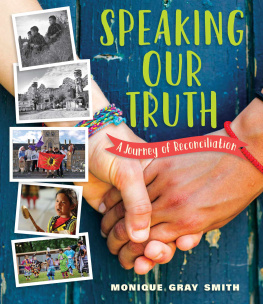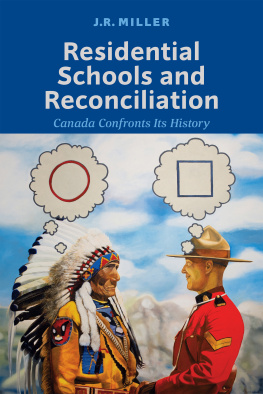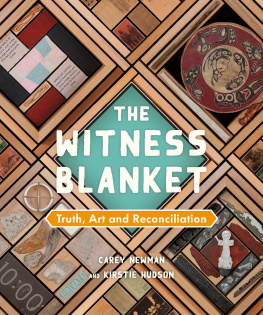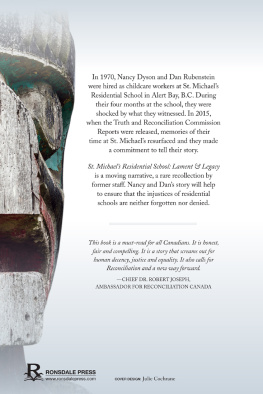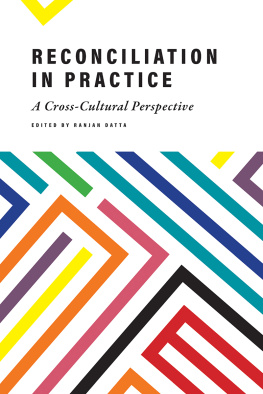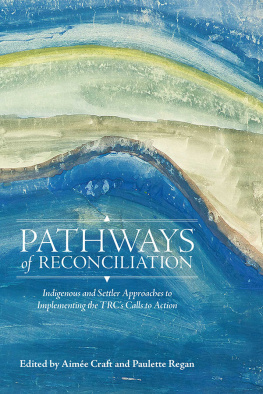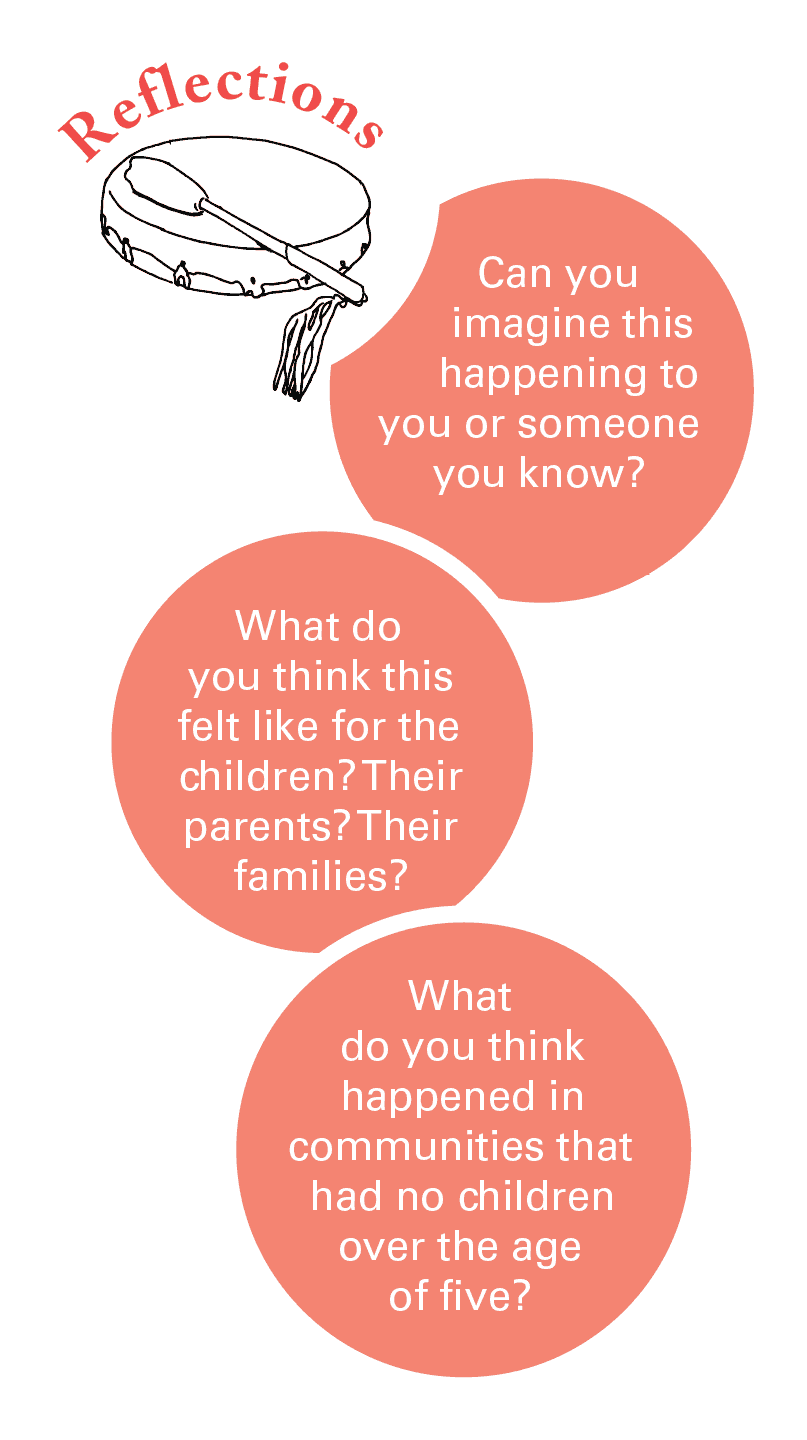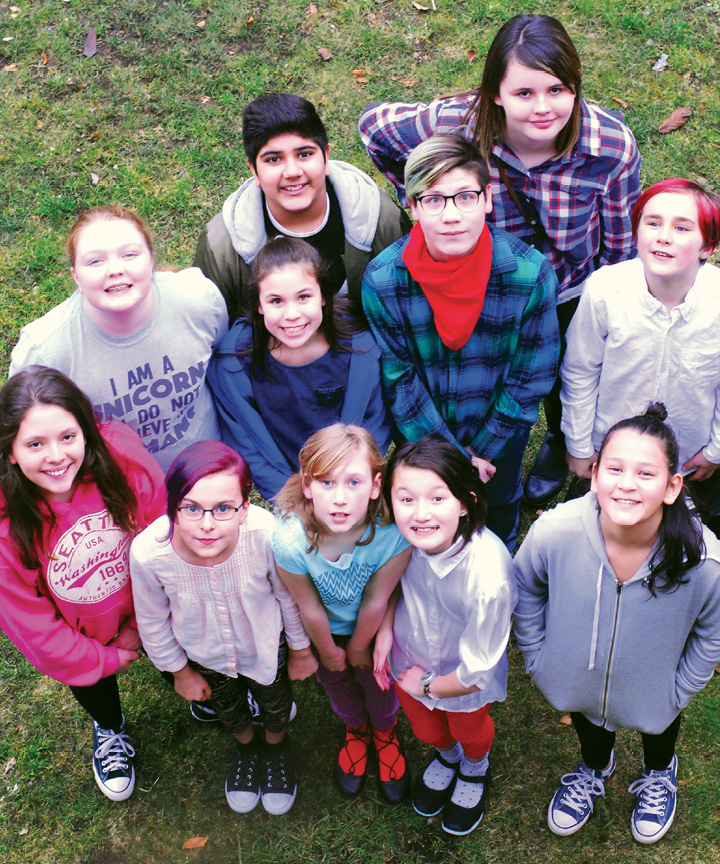
Photo: Shari Nakagawa
1
WELCOME TO THE JOURNEY
Throughout this book there are beautiful teachings I have received on my journey. They come from my relatives, Elders, Residential School Survivors and the many other people who have shared their ideas and wisdom.
Monique Gray Smith
Everyone loves going on vacation, right? I know I do. Visiting family, camping, seeing new places, playing in the waves on a tropical beachall of it can be fun!
So how is taking a journey different from going on a vacation? Well, for one thing, a journey doesnt always require a plane, a train, a bus or even a car. It does require an open mind and a kind heart, because when we go on a journey we are often attempting to understand something in a deeper way. A journey can include learning more about a country, a time period or a different culture, and it always includes learning about ourselves. Journeys usually change us. Sometimes the change may be so small that we hardly notice it, while at other times it dramatically shifts our thinking, our behaviour and how we look at our world.
Reconciliation begins with you.
Chief Dr. Robert Joseph , Gwawaenuk First Nation
reconciliation the restoration and healing of a relationship. In Canada, this refers to the process taken on by the Truth and Reconciliation Commission to revitalize the relationship between the citizens of Canada (Indigenous and non-Indigenous), as well as the Nation-to- Nation relationships with the Government of Canada.
In this book, we are embarking on a journey of reconciliation. This isnt a read-and-do-nothing kind of book. It is an active exploration of Canadas collective history, our present and our future. Its about how we grow as individuals, families, communities and as a country. For some of you, this may be a time of significant change in your understanding of Canadas history. It might be the first time youve thought about what reconciliation means and, more specifically, what it means to you and what your role in it is. Simply reading this book is an act of reconciliation. So, good on you! Some of you may have started the journey well before picking this book up. I welcome you all to the journey. In my Nihiyaw (Cree) language, we say taww, which loosely means theres always room. For you, for me, for your friends, your family, your community. Theres always room.
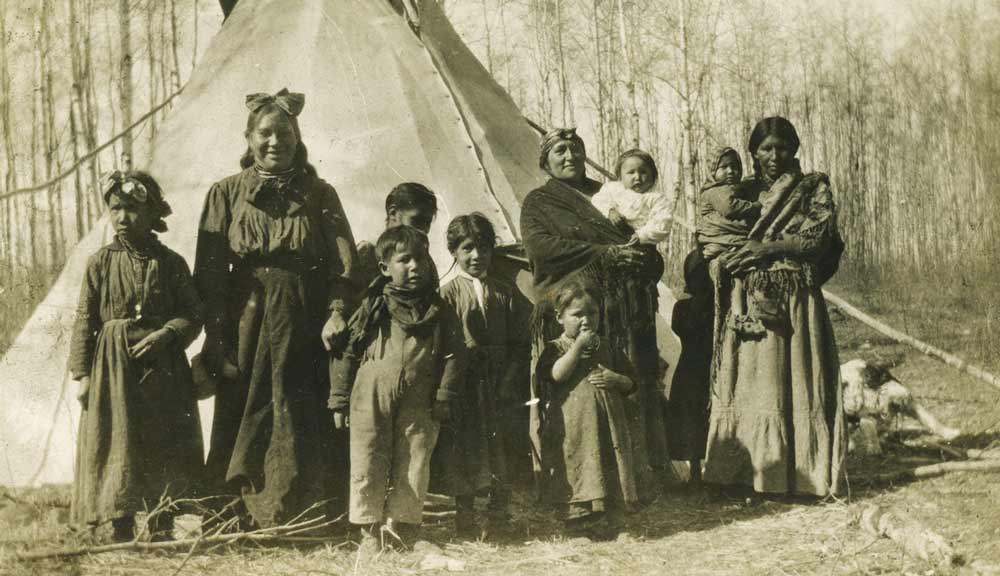
A family camps on their way to the Red Deer Industrial Institute. LAC E136198006358
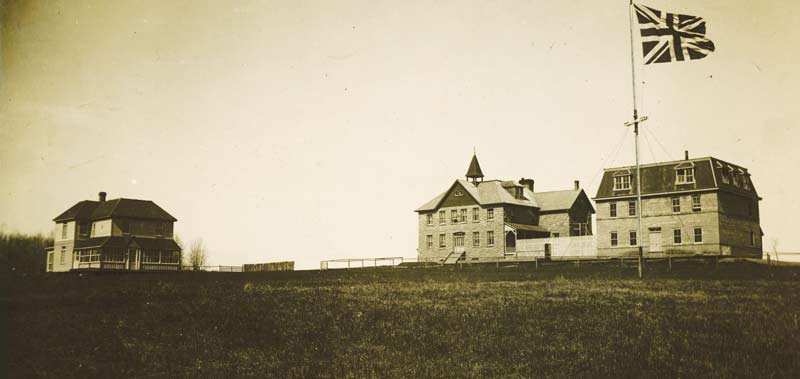
The Red Deer Industrial Institute outside Red Deer, AB, was established in 1893 by the Methodist Church. LAC E136197956240
WHY DO WE NEED THIS JOURNEY?
Sowhy do we need to go on a journey of reconciliation?
In order to answer this question, we must first understand what we are reconciling.
Until the last few years, most Canadians knew very little about Residential Schools. Young people like you were not taught about them in school, and in many cases neither were your parents or grandparents. Some people had never even heard about them. But for over 150 years, Indigenous children were taken from their homes and placed in Residential Schools.
Indigenous the term that is most commonly being used now to describe First Peoples, Mtis and Inuit.
systemic racism when systems (like schools or the justice system) are supported and maintained by policies, practices and procedures that result in some people receiving better or worse treatment than others because of their race.
Indian agent the representative of the Department of Indian Affairs (now known as Indigenous and Northern Affairs Canada). Indian agents were in charge of many aspects of affairs in their area or on the reserve(s) they were assigned to. The powers of the Indian agent were significant and influenced the lives of First Nations people in their area.
You might wonder how this could happen in our country. Well, a lot of it had to do with systemic racism. Laws and government policies were passed that allowed Indian agents (who worked for what was then called the Department of Indian Affairs) and the RCMP to take children as young as five years old away from everyone they loved and everything that was familiar and important to them. They were taken from their families, homes and communities and away from their land, culture and language. If parents or families attempted to stop this, they could be arrested, and the children were still taken.
For these children, the initial trauma of being away from family and loved ones was intensified by:
- Being separated from siblings and cousins or prevented from talking to siblings or cousins of a different gender.
- Being hungry. Children and staff received different meals. The childrens food was not nourishing, and at times it was rotten and full of maggots.
- Being abused. Physical, verbal, emotional, sexual and spiritual abuse was commonplace in the schools.
- Being forbidden to speak their own language or practise their own spirituality.
- Having their hair, which they often wore in long braids, cutbuzz cuts for the boys, and short bobs for the girls. (It is important to understand that in many Indigenous Nations, hair has significant meaning. The cutting of it often means there has been a death in the family. To children, most of whom did not speak English and did not understand why their hair was being cut, this experience was often traumatic.)
- Being forced to wear different clothes. Often the new clothes were ill-fitting and not suited for the climate in which the school was located.
One Voice
I do not speak for all Indigenous people. I am one voice. While I love history, I am not a historian. I share this with you because there are multiple experiences, stories and ways of understanding the impact of Residential Schools. I am sharing with you my own understanding of a complex and painful history.
MGS
Discipline was not only abusive, but also communicated a message to the children that they were less than.
All of this caused the significant loss of traditional languages in families and communities. It also fostered internalized racism, which led to a lack of pride and honour in being an Indigenous person.
internalized racism when people being discriminated against begin to adopt the racist attitudes and stereotypical beliefs about their own race.
Because of the courage of Survivorsformer studentsand their families, we have begun to understand what happened at those schools and the ripple effect of those experiences, which is still being felt in families, communities and our country.

